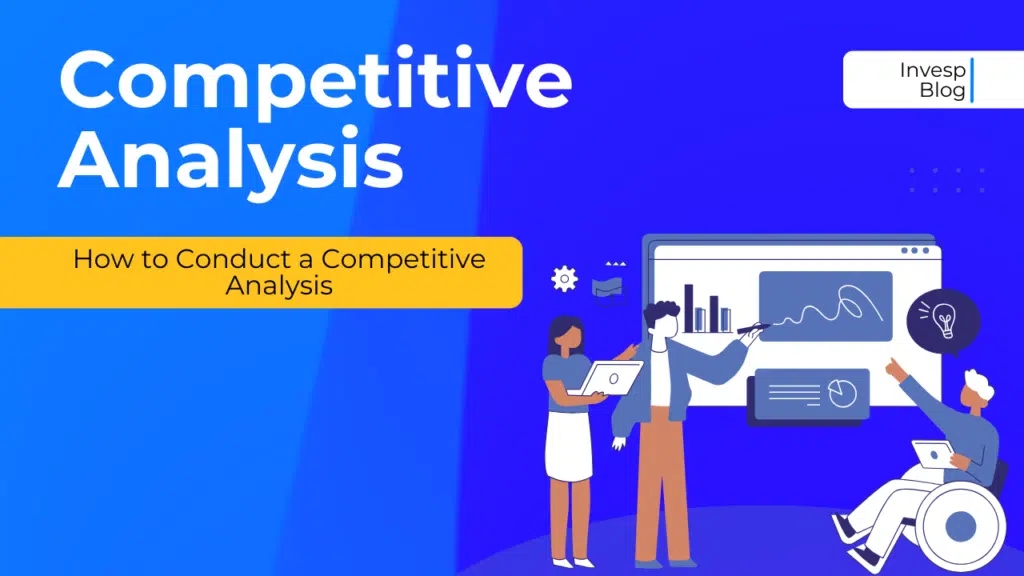Imagine walking into your favorite coffee shop, and before you even reach the counter, the barista greets you with your go-to order. It’s not just the coffee that keeps you returning—it’s the feeling of being understood and valued.
Now, compare this coffee shop experience to that of companies like Apple or Amazon. They’ve mastered the art of delivering seamless, personalized experiences that keep customers returning for more. How? Through Customer Value Optimization (CVO), a method that transforms casual shoppers into lifelong brand advocates.
It’s no longer enough to simply sell a product. You need to consistently deliver value across every stage of the customer journey. Whether offering an irresistible first impression or keeping loyal customers engaged through loyalty programs, CVO is the secret that sets thriving businesses apart from the rest.
In this article, learn how CVO works and actionable tips to create unforgettable experiences that make your customers feel like VIPs.
What Exactly is Customer Value Optimization
Customer Value Optimization (CVO) is a strategic approach to maximize customers’ lifetime value. The idea is simple: It’s about giving customers as much value as possible at every stage of their journey with your brand.
RELATED ARTICLE: CRO VS. CVO – WHICH ONE IS BETTER?
CVO helps create loyal customers who are more likely to return and act as brand advocates, telling their friends and family about your products and services.
At its core, CVO focuses on building long-term relationships with customers rather than just pushing for a one-off sale. It’s about understanding their needs, continuously enhancing their experiences, and ensuring they get value from every interaction with your brand.
Core Principles of CVO
Here’s a brief overview of the core principles of CVO:
- Customer-centric approach:
The first step in optimizing customer value is truly understanding your customers—what are their pain points, desires, and motivations? This is where data-driven insights come in.
By collecting and analyzing customer data (through surveys, social media, website interactions, etc.), you can deeply understand what your customers want.
- Delivering personalized user experiences:
When you provide a tailored experience that resonates with each individual, you show that you care about their needs—and they aren’t merely dollar signs for you. Personalization can range from custom product recommendations to personalized email campaigns.
YouTube’s recommendation engine is a perfect example of CVO in action. By analyzing your viewing history, search behavior, and interactions (likes, comments, and subscriptions), YouTube curates a personalized homepage with videos it predicts you’ll enjoy.
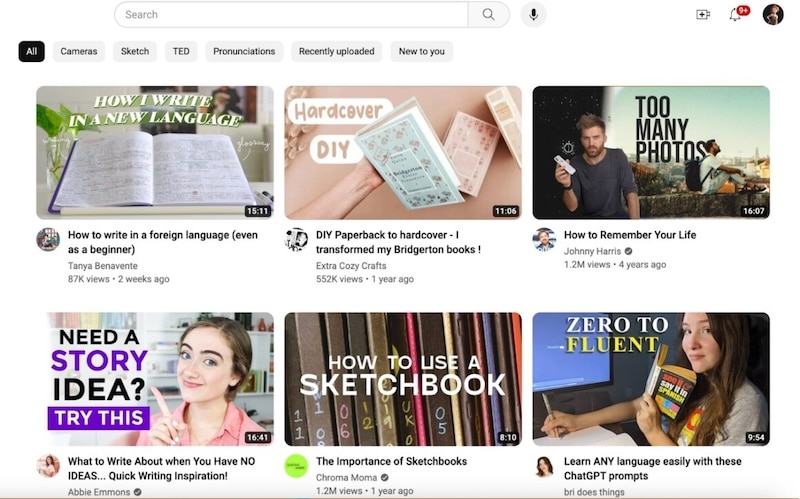
This keeps users engaged, encourages longer watch times, and drives repeat visits. YouTube reports that its algorithm recommends over 70% of the videos people watch, showing how effective personalization can be and how it drives user satisfaction and platform growth.
- Delivering continuous value:
CVO isn’t just about making a sale once and then taking the customer for granted. Delivering value over time is an integral part of CVO.
You want to ensure that your customers continue to feel that they are getting something meaningful from your brand, whether it’s through loyalty programs, educational content, or after-sales service.
For example, Apple doesn’t just sell products. It offers ongoing value through its devices, software, and services ecosystem.
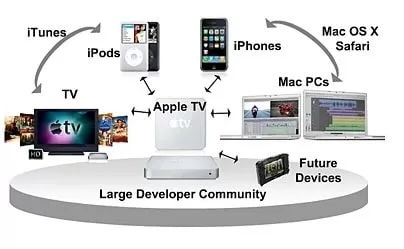
Their customers often feel they’re part of something bigger, driving substantial brand loyalty and repeat business.
How Does CVO Work in Practice?
Let’s break down the steps to make CVO actionable for your business.
Identify Customer Touchpoints.
The customer journey doesn’t start and end with the purchase. Touchpoints are the moments that form the customer experience—from discovering your brand to purchasing a product and even beyond the sale.
Identifying and optimizing every customer touchpoint is essential to ensuring that every customer interaction delivers maximum value while building trust, loyalty, and long-term relationships.
Here’s a quick overview of all stages and quick tips to optimize those stages:
The awareness stage:
In the awareness stage, customers first discover your brand through ads, social media, search engines, or word of mouth. This is the moment to grab their attention and communicate your unique value.
Nike excels at this stage. Its “Just Do It” campaigns continue to inspire people worldwide, connecting emotionally with its audience while highlighting the value of its products.
For example, during the 2020 pandemic, Nike’s “Play for the World” campaign encouraged people to stay active at home, creating immense brand goodwill.
Here are some quick tips to optimize the awareness stage:
- Create compelling content: Publish blogs, videos, or infographics that address customer pain points or interests.
- Use data-driven ads: Use platforms like Google Ads or Meta (Facebook) to target specific customer segments with personalized ads.
- SEO and social media: Optimize your website for search engines by inserting relevant keywords, adding meta descriptions and images, and making web pages fast loading. At the same time, maintain an active social media presence to attract your ideal audience.
The consideration stage:
Once customers know your brand, they’ll evaluate whether your product or service meets their needs. This is a critical stage where you need to take steps that will help you build trust with your audience and address potential objections.
Here are the touchpoints to focus on during the consideration stage:
- Product or service pages: Ensure your website clearly explains your offer, using compelling copy, visuals, and user-friendly design.
- Social proof: Include customer testimonials, case studies, and user reviews.
- Customer support: Have a live chat service or a responsive email team ready to answer questions.
Airbnb optimizes this stage by offering detailed listings with reviews, transparent pricing, and customer support.
For example, they launched an “Enhanced Clean” program during COVID-19 to address safety concerns and reassure travelers during uncertain times. This focus on customer safety helped Airbnb build trust and recover quickly from the 2020 travel downturn.
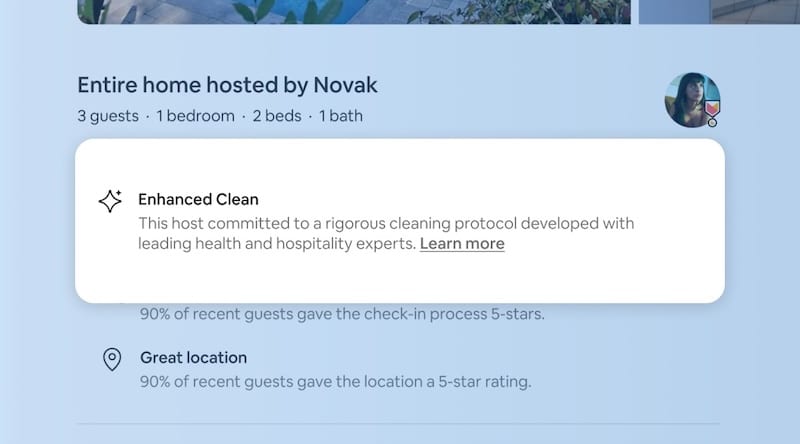
The purchase stage:
The purchase is the most crucial touchpoint—where many businesses fall short. At this stage, customers expect an effortless, frictionless buying experience. Any hiccup here could lead to cart abandonment.
Here are some tips to help you optimize the purchase stage and avoid cart abandonment:
- Simplify checkout: Reduce the number of steps in your checkout process. Offer multiple payment options, including digital wallets like Apple Pay or PayPal.
- Clear pricing: Be transparent about costs, including taxes and shipping fees, to avoid unpleasant surprises.
- Mobile optimization: Ensure your website or app works seamlessly on all devices.
A great example that comes to mind here is Amazon. The retail giant has mastered the purchase touchpoint with its “One-Click Purchase” option.

By simplifying the checkout process, Amazon reduces friction and encourages impulse purchases, generating billions in revenue annually.
The post-purchase stage:
The customer journey doesn’t end with the purchase. In fact, the post-purchase experience often determines whether a customer becomes loyal or moves to a competitor. This stage is your opportunity to retain your customers by delivering on your promises and exceeding expectations.
Here are some tips to optimize the post-purchase stage and keep your existing customers happy:
- Order fulfillment and delivery: Customers value speed and accuracy. Offer tracking updates and ensure timely delivery.
- Follow-up communication: Send thank-you emails, request feedback, or provide tips on how to use the product.
- Loyalty programs: Incentivize repeat purchases with discounts, rewards, or exclusive offers.
Data Collection and Analysis.
Data collection and analysis are at the heart of Customer Value Optimization (CVO). Without understanding customer behavior, preferences, and pain points, optimizing their experience is nearly impossible.
Data helps you identify which decision is wrong and right, helping you improve touchpoints, personalize offerings, and ultimately increase customer lifetime value (CLV).
Before we get into the tips and ways to collect and analyze data, here are the types of data to focus on:
- Behavioral data: Tracks customers’ interactions with your website, app, or product. Examples include clicks, session duration, and pages visited.
- Transactional data: Includes purchase history, order frequency, and average spending.
- Demographic data: Age, gender, location, and income level to segment customers effectively.
- Feedback and sentiment data: Surveys, reviews, and social media mentions reveal customer opinions and emotions.
So, how do you collect the above data types? Here are some quick tips:
Use tools like Google Analytics 4 and FigPii to track customer behavior. GA4 provides insights into website traffic, user demographics, and behavior, helping businesses track performance and identify drop-off points. FigPii complements this by offering heatmaps, session replays, and A/B testing to visually understand user behavior and optimize conversions.
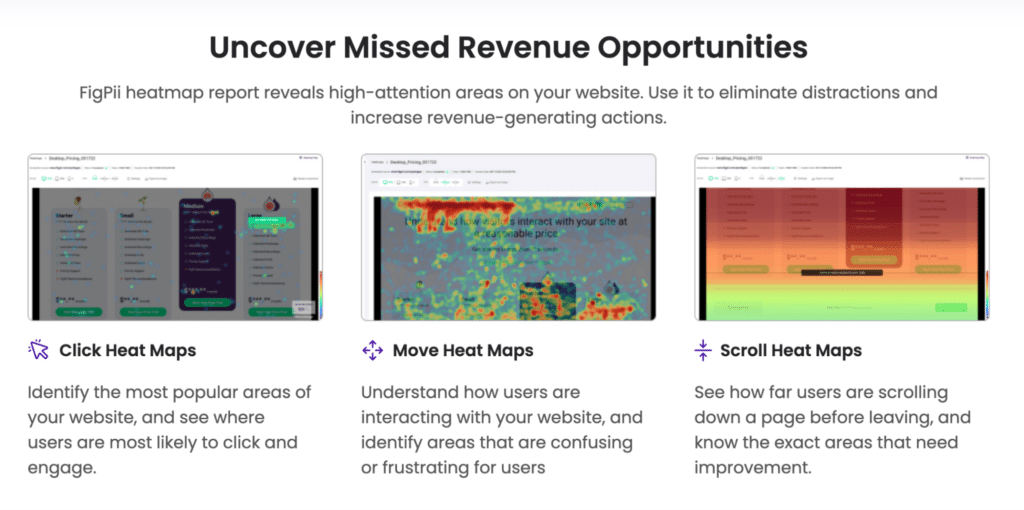
- Collect feedback at key touchpoints, such as post-purchase surveys or live chat interactions.
- Respect privacy and follow regulations like GDPR or CCPA by being transparent about how data is collected and used.
Once you’ve collected the data, it’s time to analyze it to improve improvements to the customer journey. In fact, data is only valuable when you transform it into actionable insights. This involves identifying patterns, trends, and anomalies to better understand your customers.
Here’s a quick breakdown of steps to analyze your data:
- Use predictive analytics: Use AI and machine learning technology to forecast future customer behavior. It will help you anticipate customer needs and reduce churn.
- Identify bottlenecks: Analyze touchpoints where customers drop off, such as abandoned carts or bounce rates on landing pages.
- Monitor customer trends: Track social media trends and mentions using tools like Brandwatch or Hootsuite. You can also use Net Promoter Score (NPS) surveys to gauge ongoing customer satisfaction.
Finally, Optimize Customer Experiences
Once you’ve collected and analyzed data, the next step is to act on it. Data-driven decision-making will help you implement changes and test their impact on customer experience and value.
First and foremost, use your customer data to drive personalization. Customers naturally want experiences tailored to their preferences, behaviors, and needs. According to McKinsey, companies that excel at personalization generate 40% more revenue from those efforts than average players.
Here are three valuable ways to personalize customer experiences:
- Segment your customers: Group them by shared characteristics, including purchase behavior, location, or interests. This will help you create targeted marketing campaigns and personalized experiences catering to their needs and preferences.
- Personalized offers and recommendations: Use AI tools like Dynamic Yield or Shopify’s personalization apps to suggest products based on browsing history.
- Timely communication: Send emails or notifications at the right time, such as a reminder about an abandoned cart or a personalized birthday discount.
Aside from personalizing the customer experience, focus on:
- Creating brand consistency. Whether a customer is browsing your Instagram or shopping in-store, the messaging, tone, and visual identity should remain consistent.
- Offering streamlined customer service: Offer support across all channels, including chatbots, live agents, and self-service FAQs.
- Optimize your website for speed. Your website and mobile app should load in under 3 seconds. Google reports that even a one-second delay can reduce conversions by 7%.
- Create loyalty programs to retain customers and turn them into brand advocates. Create programs that recognize and reward loyal customers with perks like exclusive discounts, early access to products, or VIP experiences.
Remember to continuously test and improve your strategies. Customer expectations evolve constantly, so your optimization efforts should, too.
This includes running A/B tests to compare the performance of different versions of your website, ads, or emails.
Pro tip: Don’t neglect to collect feedback directly from your customers. You can leverage surveys, reviews, or social listening tools to understand what customers love and where you can improve.
Building Lifelong Customer Relationships Through CVO
Customer value optimization is about creating meaningful, long-term customer relationships. By understanding customers’ needs, delivering personalized experiences, and consistently offering value, you can turn one-time buyers into loyal advocates.
Consider CVO as nurturing a tree—it takes time, but the rewards of trust and loyalty are worth it. By optimizing each touchpoint, you’re not just boosting sales but building a community of loyal customers.
Start evaluating your touchpoints, gathering insights, and optimizing for customer value. The results will follow!

